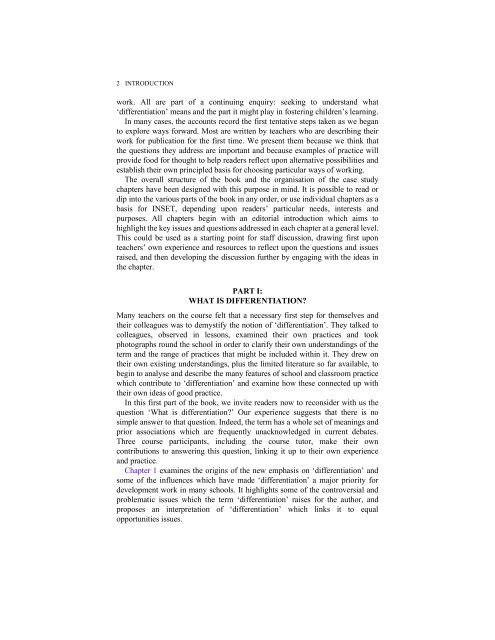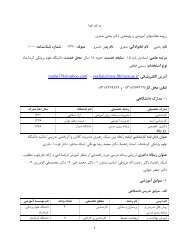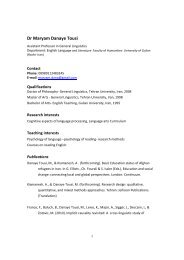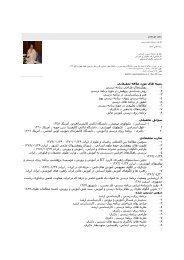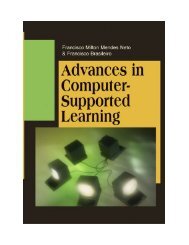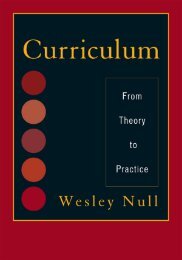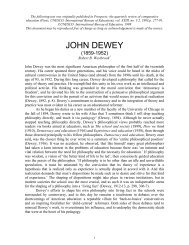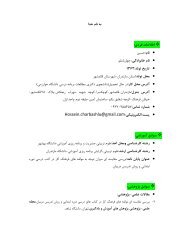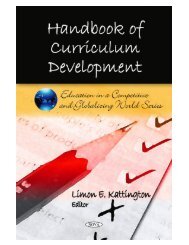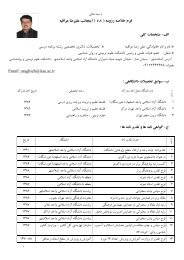Edited by
Edited by
Edited by
Create successful ePaper yourself
Turn your PDF publications into a flip-book with our unique Google optimized e-Paper software.
2 INTRODUCTIONwork. All are part of a continuing enquiry: seeking to understand whatdifferentiation means and the part it might play in fostering childrens learning.In many cases, the accounts record the first tentative steps taken as we beganto explore ways forward. Most are written <strong>by</strong> teachers who are describing theirwork for publication for the first time. We present them because we think thatthe questions they address are important and because examples of practice willprovide food for thought to help readers reflect upon alternative possibilities andestablish their own principled basis for choosing particular ways of working.The overall structure of the book and the organisation of the case studychapters have been designed with this purpose in mind. It is possible to read ordip into the various parts of the book in any order, or use individual chapters as abasis for INSET, depending upon readers particular needs, interests andpurposes. All chapters begin with an editorial introduction which aims tohighlight the key issues and questions addressed in each chapter at a general level.This could be used as a starting point for staff discussion, drawing first uponteachers own experience and resources to reflect upon the questions and issuesraised, and then developing the discussion further <strong>by</strong> engaging with the ideas inthe chapter.PART I:WHAT IS DIFFERENTIATION?Many teachers on the course felt that a necessary first step for themselves andtheir colleagues was to demystify the notion of differentiation. They talked tocolleagues, observed in lessons, examined their own practices and tookphotographs round the school in order to clarify their own understandings of theterm and the range of practices that might be included within it. They drew ontheir own existing understandings, plus the limited literature so far available, tobegin to analyse and describe the many features of school and classroom practicewhich contribute to differentiation and examine how these connected up withtheir own ideas of good practice.In this first part of the book, we invite readers now to reconsider with us thequestion What is differentiation? Our experience suggests that there is nosimple answer to that question. Indeed, the term has a whole set of meanings andprior associations which are frequently unacknowledged in current debates.Three course participants, including the course tutor, make their owncontributions to answering this question, linking it up to their own experienceand practice.Chapter 1 examines the origins of the new emphasis on differentiation andsome of the influences which have made differentiation a major priority fordevelopment work in many schools. It highlights some of the controversial andproblematic issues which the term differentiation raises for the author, andproposes an interpretation of differentiation which links it to equalopportunities issues.


